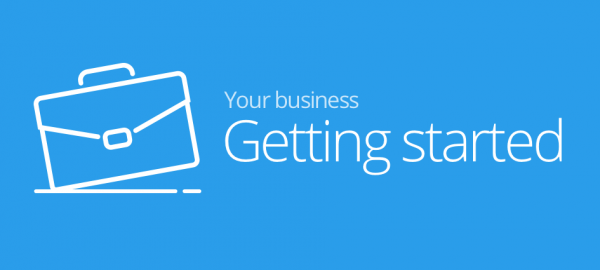The vast majority of businesses already have a website of their own. But if you a new start-up or are one of the few that would like an online presence but doesn’t currently have one, what are your options?
When it comes to how to make a website, there are three popular ways to go about it. These are: using a website builder, programming a website yourself (or hiring someone to do it), and creating a website via a content management system.
These three options are discussed below.
Option 1: using a website builder
This is probably the easiest way to get yourself an online presence quickly and with minimal expense. These ‘all-inclusive’ packages mean that a single company provides the template (design), editor, hosting, domain name, email address and technical support. Almost all site builders let you create a free basic website which is also ad-supported.
Taking the website builder option will offer you hundreds of different design templates to choose from, often grouped by profession/business type. Once you pick a template, you can build your website page by page using the simple software provided. It is easy to add images, text, links, and to integrate social media.
Option 2: Program a website yourself (or hire someone else to do it)
Going in this direction means you will need strong coding knowledge (or the ability to learn how to create your first website using code), as well as great patience. Good websites for learning how to code include Codecademy, Mozilla, and W2Schools.
Hiring a programmer to build your website can be a very expensive proposition but it is often the option that large businesses will go for. Some may even put a programmer on the payroll.
Some systems that support website building via code include NetBeans, Aptana Studio, Webflow, and Brackets.
Option 3: Creating a website with a content management system (CMS)
Although these systems work in a very similar way to website builders, they are more complicated. A CMS may have a much more limited range of templates to choose from in comparison with a website builder. Examples of CMS systems that can be used to create websites include WordPress, Typo3, Joomla! and Drupal. Arguably the easiest to use, and by far the most popular is WordPress. WordPress allows you to easily install a template and then adjust it using the basic design options.
One of the major advantages of using a CMS is that you can add a wide range of special features to your site via plugins. You can even translate the page into multiple languages. However, one of the key downsides that if there is something you don’t like and wish to change, you will probably only be able to do so by modifying the code (CSS or HTML).
Domain names
If you want your own unique web address, you should look at purchasing a domain name. You will need to think about the top-level domain. Many businesses opt for the universal .com extension, whilst others prefer something geographically-based (e.g. .co.uk). There are, in fact, a wide range of top-level domains and it is worth checking the availability of your preferred name across ALL of them to avoid any potential copyright or legal issues.
